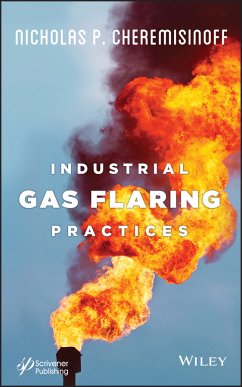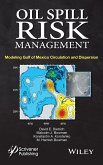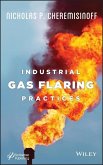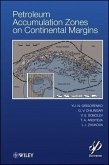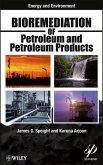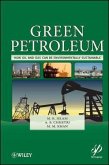With the consequences of the world's gas flaring practices only just beginning to be understood or even studied, this volume is the first in decades to tackle a very difficult hot-button issue for our time that could significantly reduce CO2 emissions and their affect on global warming. When properly used and maintained, flare gas systems can be a safe and reliable technology for system protection and in controlling emissions stemming from emergency releases. However, when misused and/or not carefully maintained, flaring operations can be a significant source of toxic emissions that adversely impact on air quality. Further to this, there are often misconceptions and misrepresentations on flaring efficiencies. This has led to under reporting of releases of toxins within communities. Flares are widely used throughout the oil refining and petrochemical industries to manage waste gases and as a means of safety control of over pressurization of process units. Both industry and environmental statutes concerning the regulation of flares characterize flaring as a safe practice that is capable of controlling air emissions to a high level of efficiency. But flaring operations are conducted far more frequently than systems were originally intended to operate, and aging refineries and petrochemical plants have given low priority to the critical maintenance and replacement of flare system components. The consequences have been far greater emissions than are generally reported along with serious accidents that have caused loss of lives and extensive damages to facility infrastructure and community property. This volume is intended as a technical reference for refineries and chemical plants. The information contained herein is the result of reviewing the general literature of flaring options and technologies, reviewing industry and U.S. EPA-published studies, and examining some of the practices of certain refinery operations where information has been accessible.
Dieser Download kann aus rechtlichen Gründen nur mit Rechnungsadresse in A, B, BG, CY, CZ, D, DK, EW, E, FIN, F, GR, HR, H, IRL, I, LT, L, LR, M, NL, PL, P, R, S, SLO, SK ausgeliefert werden.

